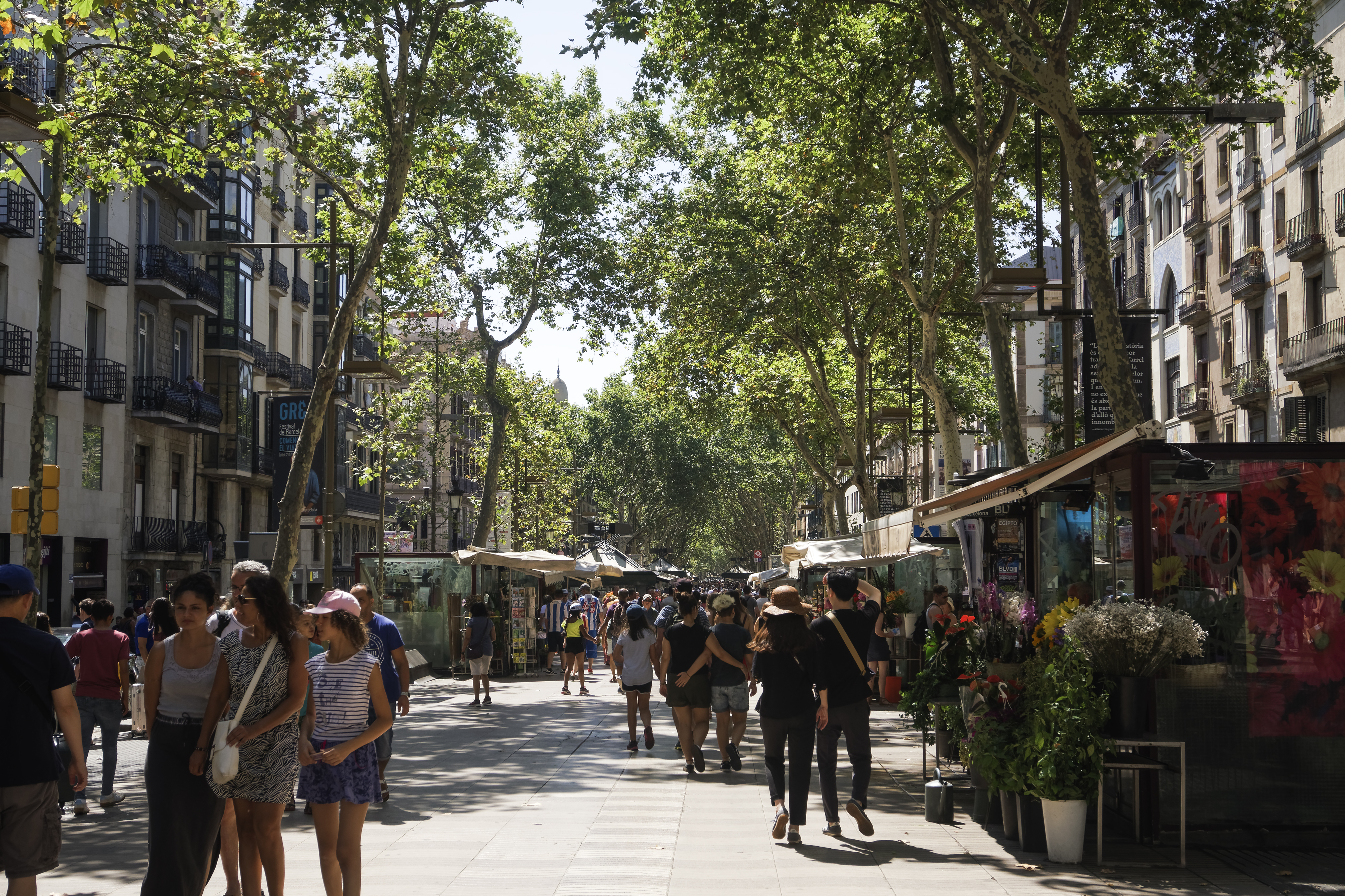
In our urban era, cities are where most people live and where most emissions are generated. To achieve our global goals, we need effective solutions to help cities cope with their exposure to the effects of climate change and other mounting challenges such as deadly heatwaves, water scarcity, floods and strained energy systems.
Trees and forests in and around cities are efficient and cost-effective nature-based solutions that can deliver on SDGs, particularly on SDG 11 (sustainable cities and communities), 13 (climate action) and 15 (life on land). Importantly, they can simultaneously deliver other local, national and global goals including the Paris Agreement, Sendai Framework, Convention on Biological Diversity and New Urban Agenda.
Urban trees and nature can cool our cities by up to eight degrees Celsius, thereby also reducing energy consumption. They increase resilience to floods and landslides, capture significant amounts of localized pollution from traffic, and their beauty and shade can attract residents, shoppers and tourists to make neighbourhoods and cities more vibrant. Greenways can provide space for pedestrians and cyclists, promoting clean transportation and healthy lifestyles.
Delivering these benefits requires the right tree, in the right place, for the right reason. Selection must be based on the desired benefits considering that trees will have to survive in a changing climate and urban context. This requires careful and inclusive city and green space planning for today as well as the future. One very important element of this panning is an urban forest master plan, which determines the ideal structure and distribution of an urban forest, green spaces and their connection though corridors, and how they complement local architecture, infrastructure and functions. The plan will need to assess data on current tree cover and should promote equitable tree cover for all, including the more vulnerable neighbourhoods. Implementing the plan will require cities sustainably manage existing tree cover and likely will also foresee establishing new tree cover.
Evidence suggests that the many benefits of planning, establishing and sustainably managing urban trees and forests are at least five times greater than the cost of doing so. However, data on canopy cover (the ground area of a city covered by tree or vegetation canopy) collected over the past 30 years suggests that rather than expanding, urban tree cover has slightly declined in most countries with available data (Figure 13).
The data on functional urban areas comprise commuting zones, which typically include less densely populated peri-urban and even rural areas. Thus, the canopy cover in urban cores is often significantly lower than the averages presented in Figure 13. Yet these are the areas where urban tree cover can deliver many of its most important benefits to the highest number of people, such as reducing the urban heat island effect. The declining trend of urban tree cover must be reversed, with concerted efforts to significantly increase tree cover in densely populated areas and cities with low canopy cover compared to their ecological potential.
There are many ways to increase tree cover in cities. For example, bringing trees near densely populated areas may be achieved by increasing the number of street trees, neighbourhood “pocket” parks, and developing green corridors. Another solution is to develop “Petite Forests,” which can be planted in areas with limited square meters available for planting, such as schoolyards, courtyards and small plazas. The UN Petite Forest Network is promoting this as a solution to build dialogue between local governments and communities, increase environmental awareness, and deliver the many benefits of urban trees in even dense urban locations.
The UNECE Trees in Cities Challenge engages city mayors to make tree planting pledges and commit to sustainable urban forest management measures. At the time of writing, over 80 cities have made pledges to plant 13 million trees. The Informal Network on Urban Nature supports practitioners in participating cities as well as other experts and policymakers.
These benefits can be particularly relevant in dry cities, many of which experience heat and weather extremes. Yet cities facing water stress and scarcity also face greater challenges in sustaining and expanding urban trees and nature. This is why UNECE invited interested partners at UNFCCC COP-28 to join the Trees in Dry Cities Coalition, which supports peer exchange, technical cooperation, and city pilots that inform national policy dialogue, programmes and support.

Indeed, many of the challenges and opportunities for urban trees as a nature-based solution for climate and SDGs require national action and support. National policies and programmes can enable, support and fund local efforts to sustainably manage and expand urban trees and forests. Aligning policy and action across levels of government is thus essential to efficiently deliver both local and national objectives.
The San Marino Regional Urban Forestry Action Plan, adopted by the UNECE Committee on Forests and the Forest Industry in November 2023, helps guide collective efforts for a greener and more vibrant urban environment. It identifies how local and national governments can collaborate to plan and sustainably manage urban trees and forests to provide a multitude of health, biodiversity, climate and sustainable development benefits. Importantly, it also provides a framework for how businesses, communities, academics, NGOs and international organizations like the United Nations Economic Commission for Europe can also contribute based on their respective strengths.
Urban trees and forests are a systemic solution to localize the SDGs and climate action. Coordinated policy and action by local and national governments can promote this at scale. We can start today – and we must, as trees planted now will need time to mature and deliver their benefits as cities strive to adapt to the impacts of climate change in the coming decades.